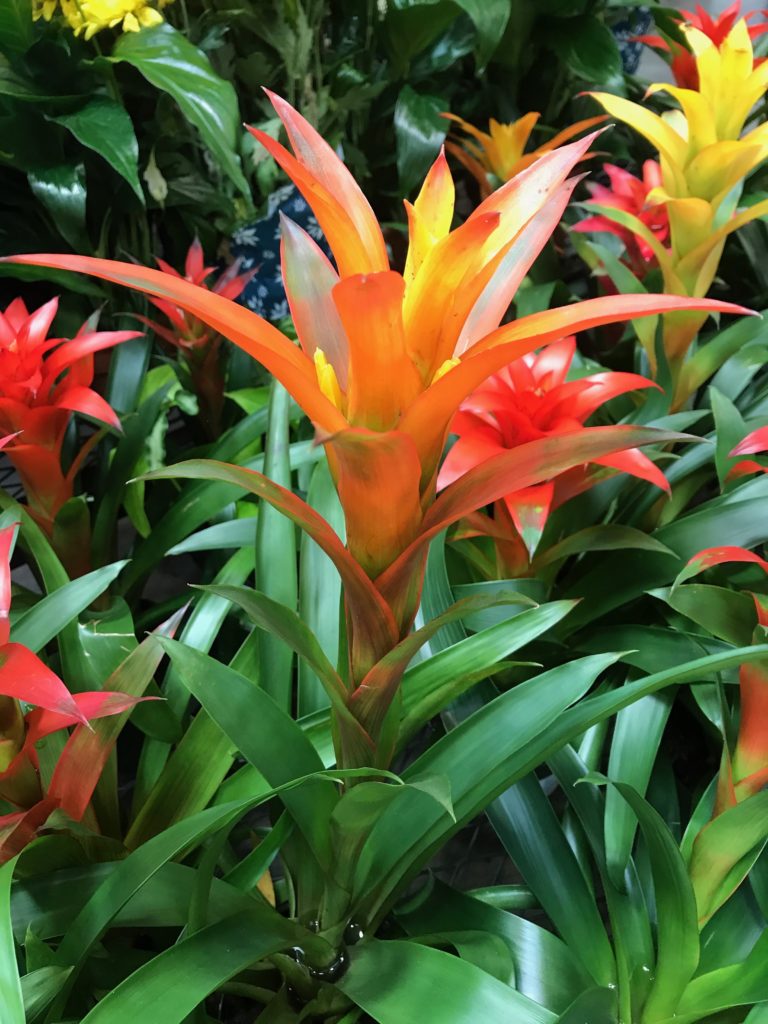Table Of Content

But luckily, one of the conditions they are quite tolerant of is low light. Like most smaller plants found in forest environments, the Boston Fern is not heavily reliant on sunlight. While you shouldn’t expect that kind of growth indoors, you can expect growth up to two meters and eye-catching leaves, assuming you don’t have it in its common bonsai form.
Low-Light Houseplants to Bring Your Space to Life
Cultivars range in color from light to dark green, white mottled, or gold edged. Also called devil’s ivy, pothos (Epipremnum aureum) is known for being easy to grow and for producing exceptionally long vines. If you want to make a bold, tropical statement, dumb cane (Dieffenbachia spp.) fits the bill with its vivid green leaves and white marbling.
Easy Houseplants For Low Light
Named for its resemblance to a grapevine, the grape ivy (also called oak leaf ivy) is an easy-to-grow houseplant that can tolerate low-light conditions. Ferns have a reputation for being tough to grow, but as long as they’re kept moist, Steinkopf says they make great houseplants. Put them on pebble trays for added humidity, and be sure to water before the soil feels bone dry. Air plants thrive on just about anything, including very low light conditions and very little water.

Staghorn Fern (Platycerium spp.)
There’s no such thing as a “no-care” houseplant, but snake plants are about the closest thing you can get. Many expert outdoor gardeners struggle to keep indoor plants alive. Not all indoor plants are low-maintenance, and some need to be grown in certain indoor locations. In this article, gardening expert Paige Foley shares her top tips to help all beginning indoor gardeners. Unfortunately, that comes with one con – Swedish Ivy can get leggy if there isn’t enough sunlight.
The 20 best houseplants for beginners - Yardbarker
The 20 best houseplants for beginners.
Posted: Sat, 27 Apr 2024 17:49:30 GMT [source]
Much like the Satin Pothos, the common name Ponytail Palm tends to cause some confusion. This plant is actually not a palm at all, but rather part of the Agave family technically classified as a succulent. Thanks to its unique bulging trunk and curled foliage, there’s no way you’ll end up confusing this species for any other member of the succulent family. Many species, particularly those without variegation in their leaves, are tolerant of low light. They unfortunately won’t produce their pink or white flowers, but their interesting leaves ensure there is always something to look at, even when no flowers are around. Hoya carnosa is one of the most popular species, followed closely by Hoya australis and Hoya compacta.
Why is my ZZ plant drooping? Experts reveal 3 common causes - Homes & Gardens
Why is my ZZ plant drooping? Experts reveal 3 common causes .
Posted: Mon, 29 Apr 2024 17:30:01 GMT [source]
Brighter light will dry out your plant faster, so keep an eye on the soil moisture and maintain a watering schedule. While not all plants need bright light, all plants need some light to photosynthesize, so understand your low-light plants’ basic lighting requirements. The ZZ plant is the ideal plant for beginners as its adaptable to most indoor environments. This low-light tolerant stunner requires very little water to make a statement with its feather-like leaves. The snake plant, also known as mother-in-law's tongue, is a hardy plant that can withstand pretty much anything you throw at it.
New leaves unfold from rosy pink sheaths that soon wither and drop. Where conditions permit, the rubber plant can reach ceiling height. It’s one of NASA’s standard houseplants for improving indoor air quality, too.
Costa Farms Snake Plant (Sansevieria)
To keep its feathering foliage full, make sure the plant receives indirect sunlight and plenty of humidity, which you can achieve by spraying it with water daily. Species can grow upward of 6 feet tall with leaves up to 4-inches wide, making these great low light houseplants for filling in corners or empty spaces in a room. When extremely happy, i.e. higher light levels, your corn plant will produce clusters of fragrant, creamy-white blooms that open into delicate flowers. Pothos plants are one of the easiest, most commonly grown houseplants because of their laid back nature.
Spider plant, also called airplane plant, gets its name from the many runners it sends out with baby plants at the tips. Available in dark green and variegated forms, spider plant (Chlorophytum comosum) makes a great tabletop or basket plant in low-light conditions. During the winter, mist the plants frequently to help prevent the leaf tips from turning brown.
Also called Swiss cheese plant, this vining tropical plant produces bright green, attractively cut leaves. Its long, trailing stems make it a good choice for a hanging basket. If you want to keep the plant compact, simply prune back the vining branches. The cuttings will root easily in water if you want to make more to expand your collection. Water Monstera whenever the soil feels dry to the touch, and fertilize once a month during the spring and summer. This popular hanging indoor plant derives its common name from its slender, arched leaves that resemble a nimble spider's legs.
They tend to want to climb, so prune regularly if you want to keep the plant shorter and bushier. Arrowhead vine is another one to keep away from pets and children. Calathea makoyana is also better known as the "peacock" plant with leaves looking like the bird's feathers.

No comments:
Post a Comment